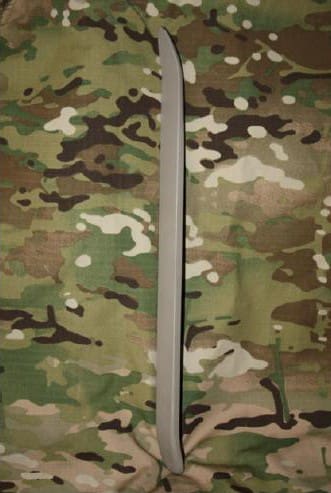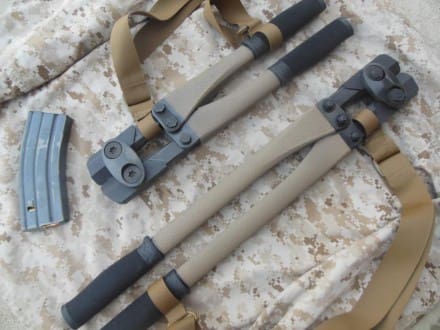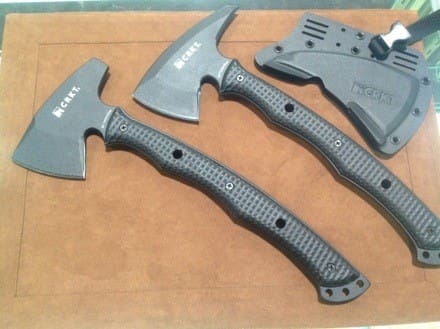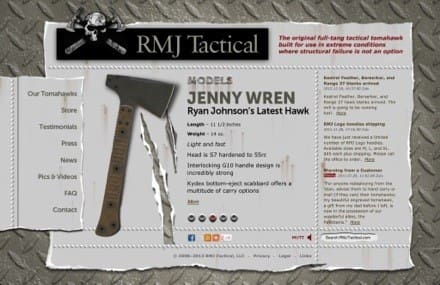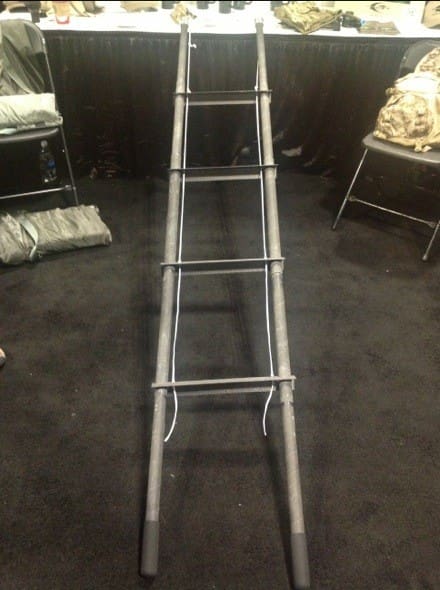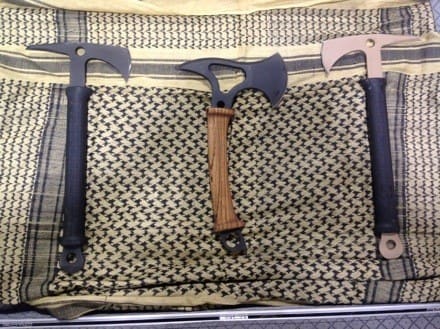Now available from ExplosiveOps Gear is the Viper, a modified version of their popular TET – Titanium Entry Tool. Custom designed for a Special Operation’s Team, this tool features a 90 degree curved end for increased leverage when prying, and a chisel cut end for ease in entering tight spaces. The Viper also features serrations that are hand cut on the back of the bar’s pry end to reduce slippage when prying.
Available in Camo, Coyote, OD Green, and Black; hand made in the USA.
www.explosiveopsgear.citymax.com/catalog/item/4893749/9988602.htm



